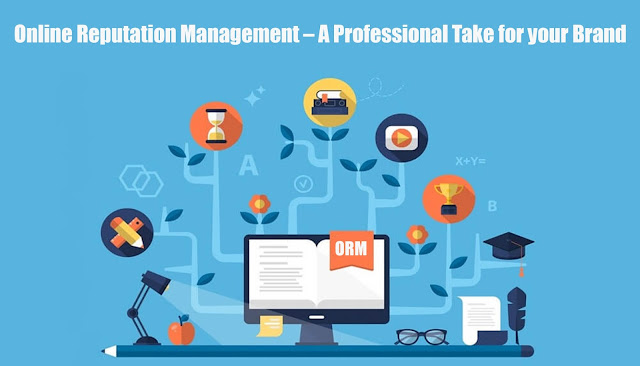Online Reputation Management – A Professional Take for your Brand
Defining the boundaries of Reputation Management
For everyone who missed our last article on ORM here is the definition of ORM once again.
In absence of total control of your brand’s image, reputation management seeks to guide the conversation boat with subtle interventions, making sure it doesn’t veer into stormy waters. Curbing the bad conversation and amplifying the good ones leads to an elevated online reputation.
If negative conversation grows around a brands, a solid strategy should be in place to address the concerns, adjust the course, and minimize the fallout surrounding the controversy.
Brands, across the world are now waking up to the importance of setting “Reputation” targets instead of focusing only on “Revenue” targets. They now realize that building a solid, sustainable, positive reputation brings much more long-term benefits than merely trying to meet revenue targets. Customer-facing entities like restaurants, hospitality industries, and professional services are faced with the daunting task of “listening” to a very active target audience that initiates discussions about them. Remember, every brand has a loyal set of customers, who contribute anything between 40% to 70% of a brand’s earnings in a particular time interval.
How do the pros do it?
Replying to tweets directed at your account or deleting angry comments on a Facebook page is unlikely to make an impact on your brand’s perception alone.
Most of the discourse surrounding public figures or brands is untagged, and the everyman doesn’t have to time religiously crawl the web for any and all mentions.
Big brands are companies use these strategies and tools:
· Track everything. By crawling the entire web (not just social) for all mentions of a brand, business have the upper hand by preventing any conversation slipping through the filter.
· Find the influencers. An Instagram big shot will have a greater impact on the public’s attitude than a tweeter with a handful of followers. Sorting people by their Impact Score will surface who’s swaying public opinion. Finding – and reaching out to – these people will return a bigger impact for the same effort.
· Analyze the sentiment. With thousands of brands mentions happening a day, it’s impossible to identify the mood of every single one manually. Algorithms in social analytics tools automatically categorise a mention into a positive or negative sentiment, helping brands combat the most potentially damaging conversation quickly.
· Get real-time data. The difference between surviving and perishing in a social media crisis is measured in minutes. A Mascot or a campaign can turn from a bad investment into a regular point of reference if mention and enquiries are responded immediately. Remember engagement is what decides the future of a campaign.
· Set up automatic alerts. Crises don’t always happen during office hours. In fact, they’re much more likely to happen when everyone’s away from their social media command centres. By having alerts automatically sent out to stakeholders when mentions spike or sentiment turns nasty, businesses have adapted to react to social fallouts all hours of the day.
· By breaking up the essentials of reputation management like this, the mammoth task of influencing public opinion becomes much easier.
Brand managers are accustomed to seeing numbers as a measure of the return on investment in a particular activity – hence, the adoption of ORM as a mainstream digital marketing discipline has been rather slow. However, with social behaviour getting replicated online these days, companies have understood the implied value that an online reputation management campaign – one that cannot report cold, hard numbers – but can create immense online opportunities for a brand.


Comments
Post a Comment